Charge Your Battery Backup System
Modern battery power stations provide a variety of ways to charge up. Your options will vary based on the availability of equipment such as solar panels, a personal vehicle, or required adapters, and of course, the availability of power to your home.
Standard Wall Outlets
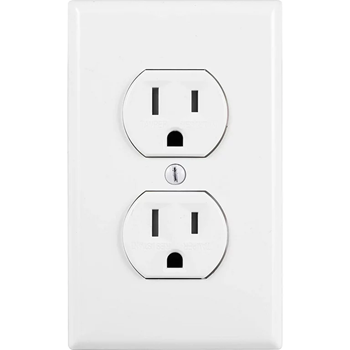
The easiest and most common method for charging a portable battery power station is to use the wall outlets you already have in your home. Charging this way is fast and convenient but is only available when the power is on in your neighborhood. Please keep in mind the following when using a wall out to charge your battery:
Safety precautions
- Never plug a battery power station into a power strip. Always plug it directly into the wall.
- Keep the battery away from substantial direct sunlight. Heat can shorten the batteries lifespan and potentially can overheat the battery resulting in the unit powering off.
- Only use the cord (plug) that came with the battery power station.
Solar Panels
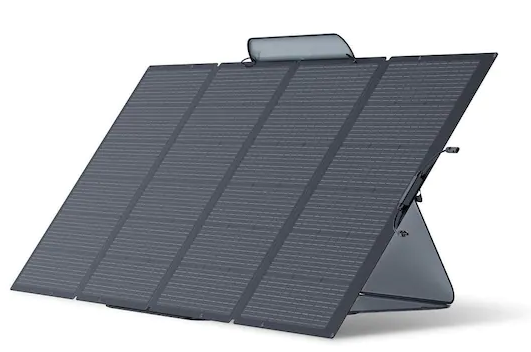
Charging your power station using solar panels is ideal during a power outage. In most cases portable solar panels are used, but permanent solar installations can be used as well. Portable solar panels typically range in size from 100 – 400 Watts power and can be combined to increase charging speed. The number of solar panels which can be combined is determined by the power station and the method used to connect the panels.
For example, the Ecoflow Delta Pro can accept up to 1600 Watts of solar. However, simply connecting four, 400-Watt panels together may not work due to restrictions of the Delta Pro. Always read the manual or consult an expert when attempting to maximize solar charging.
Popular Products
Things to consider when purchasing and using solar panels
- Battery power stations are generally compatible with any brand of portable solar panels. You can shop around to find the best product for your needs.
- You may have to purchase an adapter to use the solar panels with your power station.
- Solar panels typically produce about 90% of their rated power. A 400-Watt solar panel typically produces between 350-360 Watts in optimal conditions.
- Shade and partial shade have significant influence on how much power a solar panel can deliver. Solar panels in full shade will produce no power. Even a small amount of shade can result in significant loss of power production.
- Place the panels facing the sun to get the most power. You can lay them on the ground, however placing them at a 30° angle is recommended.
- Extension cables can be purchased to enable more flexible placement of the solar panels.
- Always read the manual that comes with the panels and your power backup station to ensure proper connections and safety.
Car Batteries
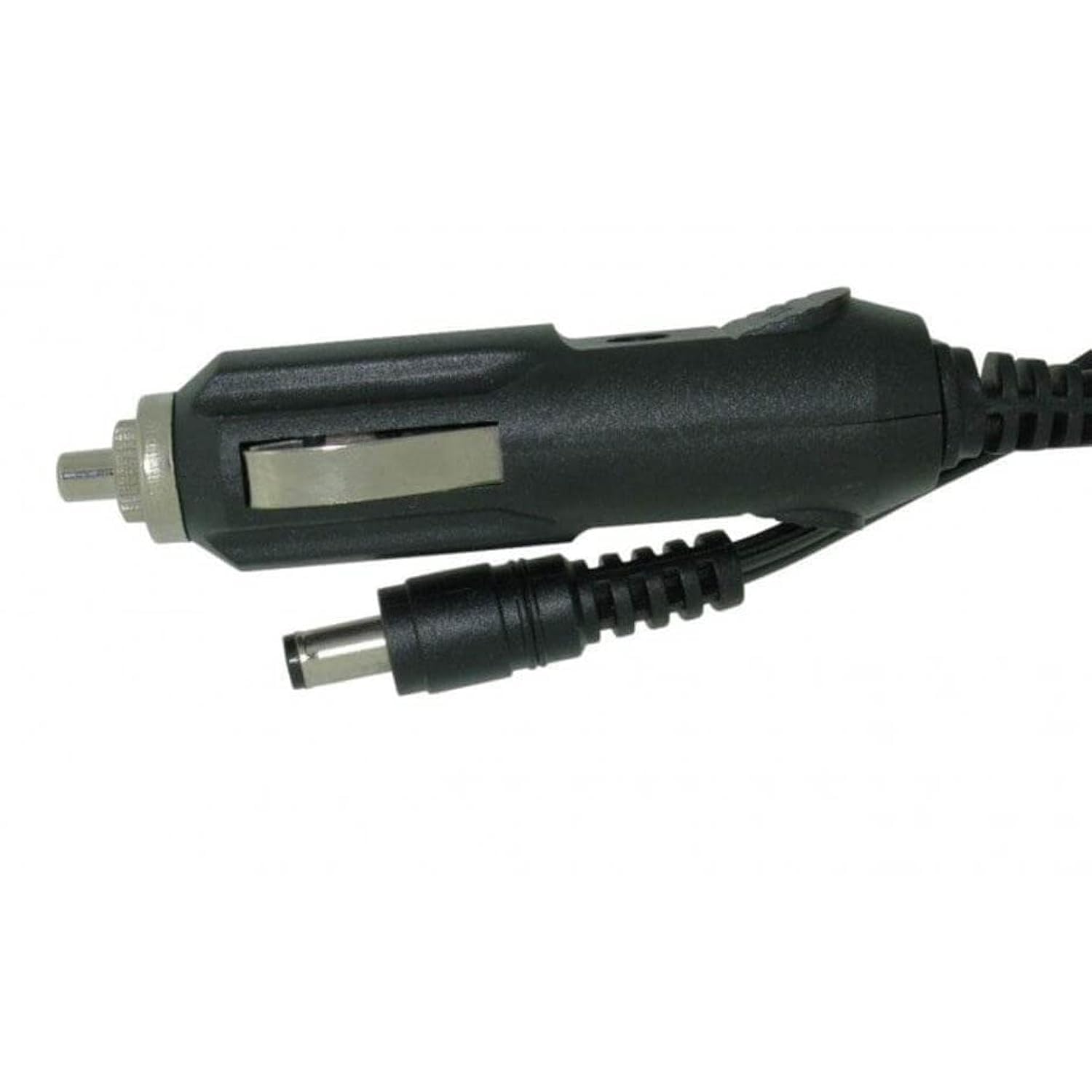
There are two methods available to charge using your car’s battery. The first uses the 12-volt outlet (also known as a cigarette plug) which can be found on your car’s dash or sometimes in the console between the front seats. This method of charging is relatively slow because the outlet can only deliver about 120 Watts.
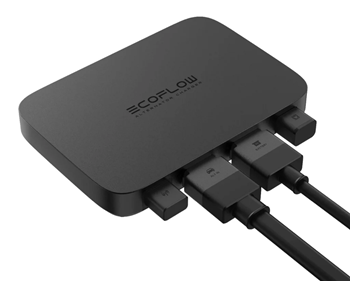
The second option requires the purchase of a device called an “alternator charger” or alternatively a "car charger". This device connects directly to your car’s battery and will only work when the car’s engine is running. Alternator chargers can charge your power station many times faster than a 12-volt outlet. Several companies sell alternator chargers. These devices vary widely by price and feature set.
Popular Products:
Things to consider:
- Using a car’s 12-volt outlet when the engine isn’t running can drain your car’s battery which could impact your ability to evacuate in an emergency.
- Alternator chargers may put a stain on your car’s alternator which can lead to premature wear, especially for smaller, compact vehicles.
- Alternator chargers cost between $150 and $600 dollars and can be purchased from several manufacturers including Ecoflow.
- Features to consider when purchasing an alternator charger:
- Charging speed. Products typically range from 500 - 800 Watts charging power.
- Battery voltage protection. Ensures the alternator charger will not run when the car battery's voltage is low. This prevents damage to the battery.
- App connectivity. The ability to monitor charging from an app when using the alternator charger.
- Automatic shutoff when the battery power station is charged up.
- Reverse charge. The ability to charge or jump start a dead car battery.
Level 2 Electric Vehicle Chargers
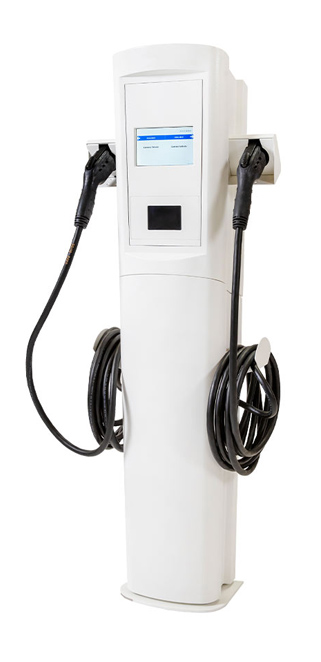
The Ecoflow Delta Pro can be charged using a standard level 2 electric vehicle charging station with the purchase of an adaptor. These stations can charge your battery to 100% in less than 45 minutes.
Diesel and Propane Generators
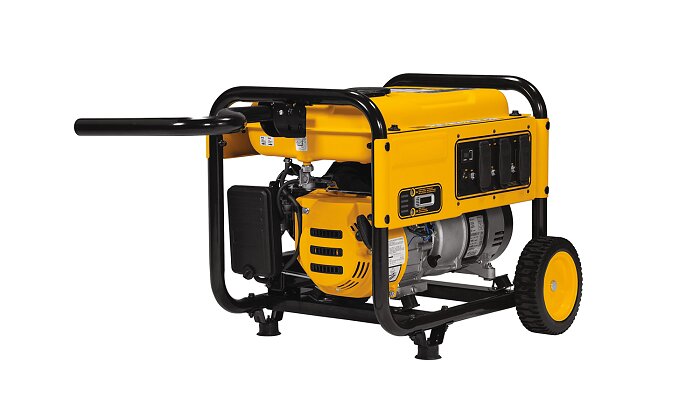
Propane or diesel-based generators can also be used to charge a battery power station.
Things to consider:
- Never user a fossil fuel-based generator indoors
- Follow all safety precautions when operating fossil-fuel generators.
- Routine maintenance is essential for diesel generators to prevent malfunction and reduce the potential for injury.